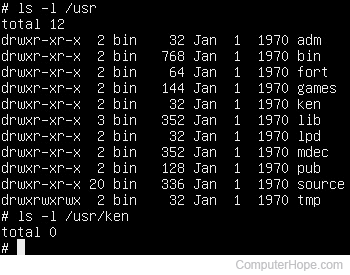Unix-like

An operating system is said to be Unix-based or Unix-like if it's designed to function and behave similar to the Unix operating system. Examples of proprietary Unix-like operating systems include AIX (advanced interactive executive), HP-UX (Hewlett-Packard Unix), Solaris, and Tru64. Examples of open-source Unix-like operating systems are those based on the Linux kernel and BSD (Berkeley Software Distribution) derivatives, such as FreeBSD and OpenBSD.
Characteristics
All Unix-like operating systems support multiple users, strict segregation between kernel and user processes, preemptive multitasking, and a hierarchical file system. They often share the characteristic known as "everything is a file." Almost every system device and resource is abstracted as a stream of bytes that can be read and written like a regular file.
The GNU (GNU's Not Unix) toolchain is a collection of compilers, libraries, debuggers, and core utilities modeled on Unix. It's been ported to many Unix-like operating systems, and is used by default on GNU/Linux systems.
The Single Unix Specification and POSIX (portable operating system interface for Unix) standards help to establish a common set of commands and behaviors across Unix-like operating systems.
Unix-like operating systems
In addition to those listed above, Unix-like operating systems include:
- 386BSD
- Arch Linux
- AIX
- Android
- BSD NET/2
- Debian
- DragonFly BSD
- GNU Hurd
- Illumos
- iOS
- IRIX
- macOS
- macOS Server
- MINIX
- NetBSD
- NeXTSTEP/OpenSTEP
- OpenSolaris
- PlayStation 3 and PlayStation 4 system software.
- SCO UNIX/Xinuos OpenServer
- Slackware Linux
- Sun OS
- System III/System V
- UCLinux
- Ultrix
- UnixWare
- Xenix
